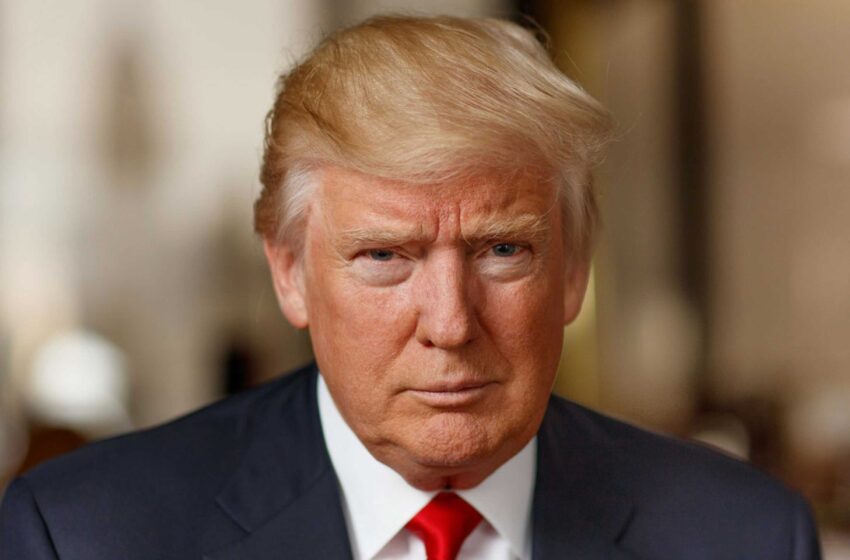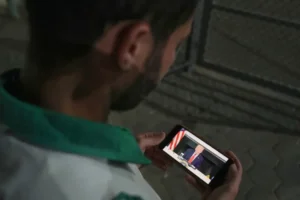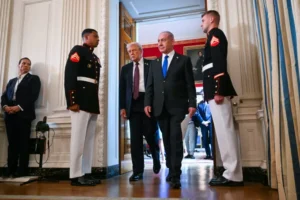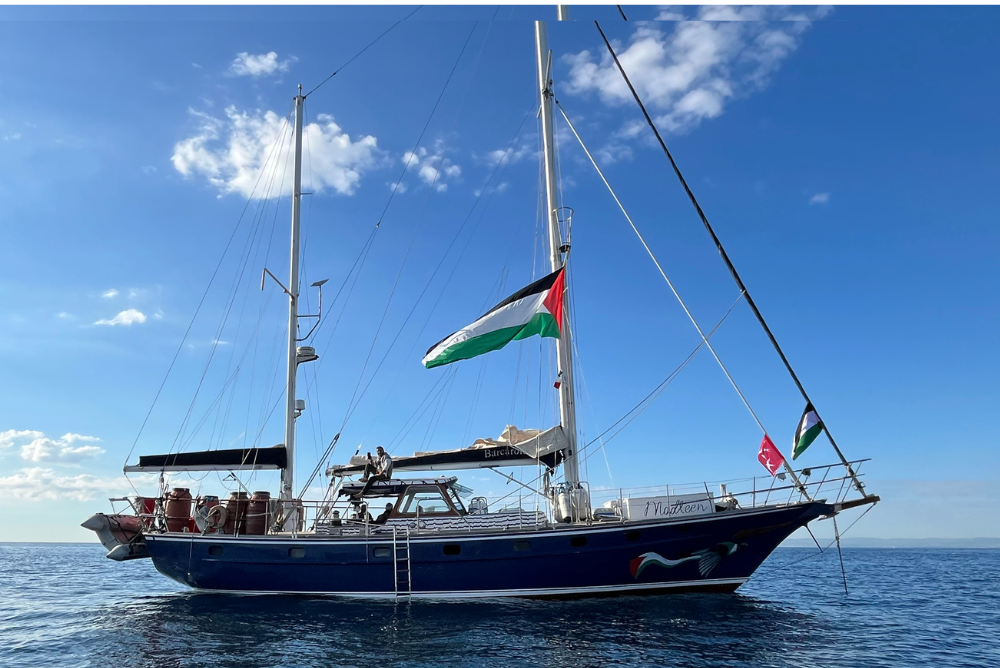Gaza ceasefire deal: What’s next after phase one agreement?

Donald Trump. Picture: David Hume Kennerly/Getty Images
After nearly two years of war, a ceasefire breakthrough has been reached in Gaza. On October 9, 2025, Israel and Hamas accepted the first phase of a U.S.-backed peace deal, marking the most significant step toward ending the conflict in years.
The agreement, pushed forward by President Donald Trump and supported by regional leaders, includes a hostage-prisoner exchange, limited Israeli troop withdrawal, and expanded humanitarian aid access. Celebrations erupted in both Gaza and Tel Aviv as the news spread.
But questions remain: Is this the beginning of lasting peace, or just a temporary pause in the fighting?
What’s in the Gaza Deal?
The phase one ceasefire covers four main elements:
- Hamas will release all remaining Israeli hostages.
- Israel will release a number of Palestinian prisoners.
- Israeli forces will partially withdraw from the Gaza Strip.
- Humanitarian aid will flow into the enclave.
This stage stops short of resolving the deeper disputes, leaving Hamas’ disarmament, governance of Gaza, and Palestinian statehood for future negotiations.
Trump’s Role in Sealing the Agreement
The deal was announced after months of high-pressure diplomacy. Reports confirm that Trump brushed aside skepticism from both Arab leaders and Israeli Prime Minister Benjamin Netanyahu, pushing ahead with his 20-point peace plan despite objections.

When Hamas agreed to release hostages, even without endorsing the full plan, Trump declared the group “ready for a lasting PEACE” and ordered Israel to pause bombardments. He has called this the “first steps toward a Strong, Durable, and Everlasting Peace.”
READ ALSO
Benjamin Netanyahu at UN: What his Gaza pledge and rejection of Palestinian Statehood mean
Greta Thunberg detained: What really happened on the Gaza Flotilla?
Netanyahu’s Reluctance
Netanyahu’s support remains cautious. The prime minister has long insisted that Hamas must disarm before any permanent peace can be declared. Israeli officials also raised concerns over troop withdrawals and the lack of clarity on Gaza’s governance.

Despite reservations, Netanyahu stood alongside Trump in Washington to confirm the agreement, a move analysts say locks him into the first phase of implementation.
International Reaction
- UK Prime Minister Keir Starmer welcomed the deal with “profound relief,” emphasizing the urgent need for aid and the return of hostages.
- Qatar and Turkey, longtime mediators, endorsed the framework.
- The United Nations called for swift implementation and monitoring to protect civilians.
For many in Gaza and Israel, the deal sparked cautious hope. Streets in Khan Younis and Tel Aviv saw celebratory gatherings, though residents voiced concerns about what happens after the first phase.
What Happens Next in Gaza?
The coming weeks will focus on implementing the hostage-prisoner exchange and ensuring humanitarian aid reaches Gaza’s population. Negotiators will then move to harder questions:
- Will Hamas disarm?
- Will Israel agree to a full withdrawal?
- Can a pathway to Palestinian self-determination be agreed?
Analysts warn the war is not over yet. The deal provides temporary relief, but without resolution on core issues, the conflict could reignite. Still, for now, this represents the most hopeful moment in years of bloodshed.
FAQ
Q1: Has a ceasefire deal been reached in Gaza?
Yes. On October 9, 2025, Israel and Hamas agreed to the first phase of a ceasefire deal. This includes a temporary halt to fighting, the release of Israeli hostages in exchange for Palestinian prisoners, and partial troop withdrawals.
Q2: Who brokered the Gaza ceasefire deal?
The deal was pushed forward by U.S. President Donald Trump, alongside Secretary of State Marco Rubio, Qatar, and other regional partners.
Q3: What are the key terms of the Gaza deal?
- Release of Israeli hostages.
- Release of Palestinian prisoners.
- Limited Israeli troop withdrawal.
- Humanitarian aid access.
Q4: Has Hamas accepted the Gaza deal?
Yes, Hamas agreed to release hostages but did not endorse all 20 points of Trump’s plan. The U.S. still treated this as a major breakthrough.
Q5: What is Netanyahu’s position on the Gaza ceasefire?
He remains cautious, insisting on Hamas disarmament and clearer conditions for long-term peace.
Q6: What happens next after the Gaza ceasefire?
Negotiations will focus on hostages, aid, and governance, before tackling disarmament and final withdrawal.
Q7: Does this deal mean the Gaza war is over?
Not yet. The deal is a first step, and the war could resume if talks break down.
Q8: How is the international community reacting?
The UK, Qatar, Turkey, and the UN welcomed the deal. Relief efforts are underway to help civilians in Gaza.
Q9: Will humanitarian aid reach Gaza under the deal?
Yes. The agreement opens humanitarian corridors for food, water, and medicine.
Q10: What role did Qatar play in the Gaza deal?
Qatar was a key mediator, convincing Hamas to accept the first phase and working closely with U.S. officials.


